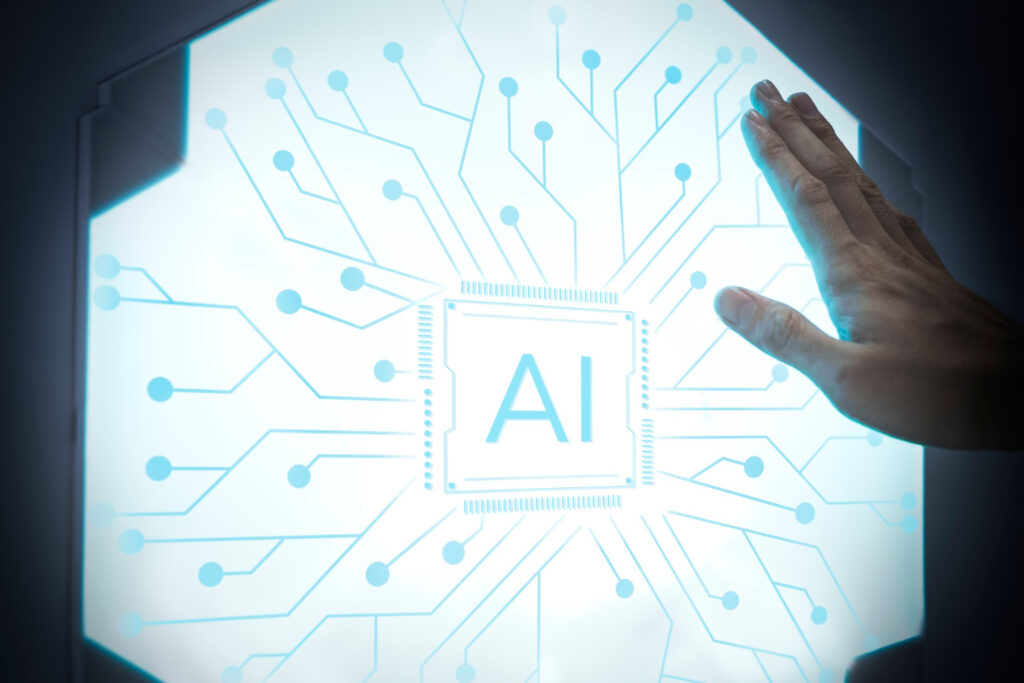
MLB’s Using AI, Other Adobe Tech to Enhance Fan Experience
Major League Baseball (MLB) is using artificial intelligence and other Adobe technology to enhance the experience that fans have when attending a game or not attending a game, and for MLB to gather more data about fans, now even including fans of players and teams in cities those fans don’t live in or near, according to Chris Marinak, chief operations and strategy officer, for MLB.
MLB is growing its business, “both on the field and off the field,” and using Adobe tools to help accomplish that, he said March 27, during the “Inspiration” keynote at Adobe Summit in Las Vegas.
 “We’re probably one of the most traditional businesses around,” he told attendees and those viewing the keynote remotely. “Change is not easy. For those of you that are baseball fans, you know how much our fans value tradition and heritage.”
“We’re probably one of the most traditional businesses around,” he told attendees and those viewing the keynote remotely. “Change is not easy. For those of you that are baseball fans, you know how much our fans value tradition and heritage.”
But he said: “That doesn’t mean that we can’t innovate and we can’t grow our product over time.”
After making a few significant changes to the game to give fans what they wanted – namely a shorter average game – MLB has seen the “largest attendance growth that we’ve had in Major League Baseball in almost three decades,” he disclosed. “We got more people into the ballpark because we were giving them a better product. And not only did we get more people into the ballpark, we had better TV ratings [and] we had better engagement on digital and social platforms.”
There are, he said, a couple of key themes in the changes it made that proved to be successful, he noted. “First is listening to your fan or your customer, asking them what they want and designing change to meet their needs. Don’t just implement change because you think it will be successful. Ask your consumer what they want and give them something that will deliver the results that they’re asking for.”
And, secondly, he suggested testing “big changes to make sure you get them right” because if “you’re going to go big, make sure you don’t make a mistake.” It is also important to “spend time educating your stakeholders” about the changes, he added.
However, he said: “Change for us is not just on the field. Innovation is part of the fabric of Major League Baseball and why we’ve been able to sustain ourselves over 150 years as a business. Our innovation off the field started decades ago, when we looked and felt like we had a unique asset, which is that we play a game every single day and we could deliver those games to our fans on streaming platforms.”
Therefore, “in 2002, we became the first major sports league to stream a live game online.” He noted: “When the iPhone came out, we were the first major property to update our iPhone app to contain live streaming. That product grew and developed over time and ultimately became the foundation for Disney Plus.”
He went on to say: “The streaming technology that baseball built is now bringing you all of the amazing content and property that you have on Disney’s platform. And most recently, this last season, we became the first major sports league to produce and distribute our games locally to our fans.”
Meanwhile, the innovation that MLB implemented digitally “doesn’t just extend to video; it extends to our entire suite of digital products and we made a concerted effort to migrate … to be a direct-to-cnsumer business, and we want to know who our consumer is and, as such, we’ve built an extensive portfolio of digital products,” he said.
In addition to the MLB app, “we own a ticketing company … [and] have an opportunity to create a first-party relationship with our fans, and we think that’s the foundation of innovation for baseballThe fundamental strength of baseball as a sport is the in person experience. I’m sure many of you have been to a baseball game,” he said.
Four to five years ago, ticketing for games was an “analog experience” where everybody got a printed ticket to get into the ballpark, he pointed out. “We didn’t know who our fan was and thus we couldn’t personalize the relationship. We couldn’t create a great experience for our fans because we didn’t know who you were. You were literally coming in with a printed ticket and we didn’t know if you were the same person that came yesterday or if this was your first time to the ballpark.”
 So MLB “made a strategic decision to migrate our in-park experience to a digital experience,” he said, noting “we went from 14 percent digital in 2017 to nearly 100 percent” last year.
So MLB “made a strategic decision to migrate our in-park experience to a digital experience,” he said, noting “we went from 14 percent digital in 2017 to nearly 100 percent” last year.
MLB now knows that the average viewer who watches the MLB digital streaming platform is 45 years old, he pointed out, adding: When we migrated to digital ticketing, it opened the door to a relationship with a whole new consumer.”
Before MLB “went to digital ticketing, we were only collecting data primarily on the buyer of the ticket [and] the buyer of the ticket tends to be a person who’s older and has more access to disposable income, he said.
“But when you go fully digital, you open the door to your entire fan community. And what we’ve seen is that, the average new fan to our database now is 36 years old, whereas before we went to digital ticketing, it was 45 years old. We’re talking to the younger fan now, and we’re creating a relationship that we think will be a lifelong relationship with that fan. So what are we doing with that data? We’re using our relationship with Adobe to transform the consumer experience. We’re taking that data that we have, about over 100 million fans in our database, and we’re using tools that Adobe” made, he said, adding: we’re going to us, including the Adobe Experience Platform, the Journey Optimizer [and] the Customer Data Platform to segment our customer base and deliver to them target offers and real time information, personalized experiences that transform your experience as a baseball fan.”
One of the more recent additions, he said, was adding automated abandoned car campaigns, he said, explaining: “So you try to go buy a ticket; you don’t convert. Our system, in conjunction with Adobe, will automatically send you an email that asks you to buy a ticket and convert and come to the ballpark.”
Also, he said: “We build AI-driven segmentation in the customer data platform. We use a whole host of variables to figure out which of our fans have the highest propensity to buy. We take those segments and then we serve them ads on social media platforms. Those targeted campaigns show over a 50 percent lift as compared to a generic campaign.”
